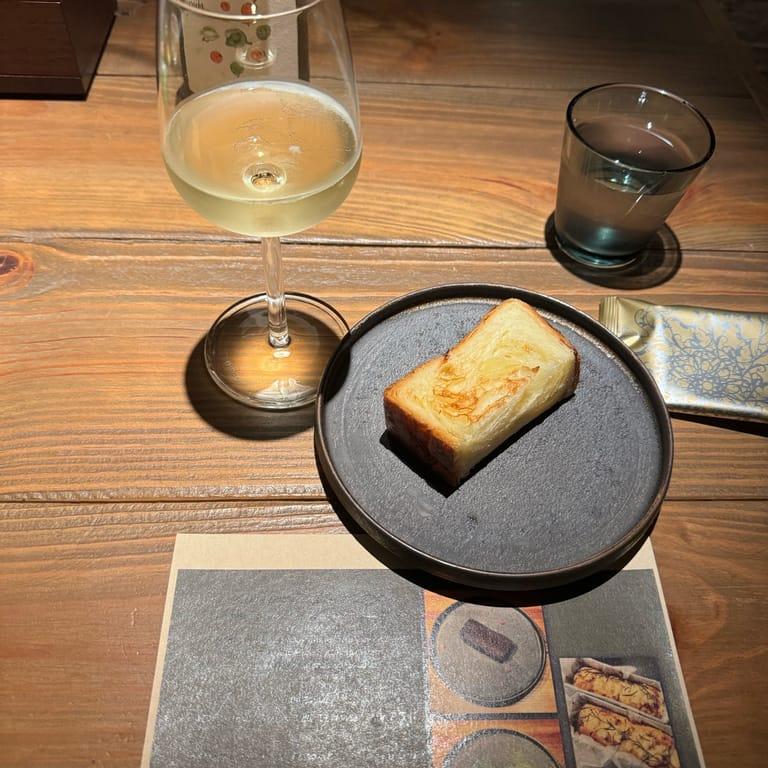
Shōrenin Temple
Kyoto, Japan
Discover Shōrenin Temple: Kyoto's Hidden Gem
Tucked away in the serene district of Higashiyama Ward, Kyoto, Shōrenin Temple offers a tranquil escape from the bustling city streets. This historic temple, nestled amidst traditional Japanese architecture and lush gardens, invites visitors to explore its spacious rooms and meditate in peaceful altars. Revered for its connection to the imperial family, Shōrenin is a classic example of Japan’s monzeki temples, blending spiritual heritage with breathtaking natural beauty.
Experience Timeless Tranquility and Scenic Gardens
Unlike the more crowded temples in Kyoto, Shōrenin offers a peaceful, less-traveled sanctuary perfect for contemplative wandering. Visitors often praise the temple’s expansive, traditional mansion where you can freely explore richly crafted rooms and corridors. The garden, a highlight during all seasons, is especially stunning in autumn with vibrant fall foliage and during seasonal evening illuminations that paint the landscape in magical light. Here, you can relax, meditate, or simply soak in the quiet charm of Japanese craftsmanship and natural beauty.
Why Visitors Love Shōrenin Temple
- Peaceful Atmosphere: Far fewer crowds than nearby temples, making it ideal for meditation and quiet reflection.
- Historic Significance: A monzeki temple with rich imperial ties, showcasing classical Japanese architecture and craftsmanship.
- Seasonal Beauty: Gorgeous gardens that bloom spectacularly in spring and glow under special autumn illuminations.
Plan Your Visit: FAQs About Shōrenin Temple
- What are the opening hours of Shōrenin Temple? Shōrenin Temple is open daily from 9:00 AM to 5:00 PM, with the last entry at 4:30 PM.
- Is there an admission fee to visit the temple? Yes, the admission fee is 500 yen for adults, 400 yen for junior and high school students, and 200 yen for elementary school students.
- Does the temple offer any special events? Yes, Shōrenin Temple hosts special evening illuminations during spring and autumn, showcasing the gardens in a different light.
- How do I get to Shōrenin Temple? The temple is a 5-minute walk from Higashiyama Station on the Tozai Subway Line or a 3-minute walk from the Jingu-michi bus stop served by Kyoto City Bus routes 5, 46, and 100.
- Is photography allowed inside the temple? Photography is allowed in certain areas, but it's advisable to check for any restrictions upon arrival.
Community Sentiment and Visitor Experience
Positive Vibes Abound — Visitors frequently highlight the temple's serene ambiance, beautiful gardens, and its role as a peaceful retreat from Kyoto’s more crowded tourist areas. Many mention the temple's authentic atmosphere and polite monks, praising it as a perfect spot for meditation and cultural appreciation. Its status as a hidden gem makes every visit feel special and intimate, ideal for those seeking a genuine taste of Japanese tradition.
The Captivating History of Shōrenin Temple in Kyoto Japan.
Nestled in the serene surroundings of Higashiyama Ward, Shōrenin Temple is a remarkable testament to Kyoto's spiritual and imperial heritage. Established in the 12th century, this temple has a rich history that is deeply intertwined with Japan's imperial family. Originally built as a residence for Emperor Toba and his son, its transformation into a monzeki temple marked a significant evolution in its purpose and spiritual significance.
A Historical Overview of Shōrenin Temple
The journey of Shōrenin began in 1150 when it was established as a residence for the emperor, embodying the elegance of the Heian period. As time progressed, the temple became a monzeki temple, a designation given to temples whose head priests were traditionally members of the imperial family. This connection to the imperial lineage not only added a layer of prestige but also transformed Shōrenin into a bastion of spiritual significance.
- 1150: Shōrenin Temple established as a residence for Emperor Toba and his son.
- 13XX: Temple evolved into a monzeki temple, with head priests from the imperial family.
- 13XX: Honen and Shinran, founders of new Buddhist sects, took refuge at Shōrenin.
- 1788: After the Great Fire, Retired Empress Go-Sakuramachi resided temporarily at Shōrenin.
Over the centuries, Shōrenin Temple has served as a sanctuary for many notable figures, most notably the priests Honen and Shinran, who were instrumental in developing new Buddhist sects during the 13th century. Their presence further enhances the temple’s reputation as a spiritual haven, establishing it as a place of refuge and profound meditation.
A Place of Serenity and Reflection
Today, Shōrenin stands as a tranquil escape from the bustling streets of Kyoto, offering visitors not only a glimpse into Japan’s rich history but also a chance to experience its serene gardens and traditional architecture. The temple’s peaceful ambiance and stunning altars provide an ideal environment for meditation and contemplation, making it a hidden gem in the heart of the city.
Shōrenin Temple in Kyoto: A Tranquil Cultural Escape Amidst Historic Beauty and Gardens.
Nestled in the heart of Kyoto’s Higashiyama Ward, Shōrenin Temple offers visitors a serene alternative to the city's more crowded spiritual sites. This historic temple enchants guests with its tranquil atmosphere and beautifully maintained gardens, making it an ideal destination for those seeking peaceful reflection and a deep cultural experience.
Discovering the serene gardens and cultural heritage
Shōrenin is renowned for its breathtaking gardens that captivate visitors throughout the seasons. Particularly stunning during the fall, the foliage paints a vibrant tapestry that invites tranquil strolls and meditative moments. The temple’s grounds include historic shrines and a bamboo grove, enriching the cultural tapestry of the area. Seasonal illuminations further enhance the enchanting ambiance, creating memorable experiences after dusk.
A hidden gem with fewer crowds
Unlike more popular temples nearby, Shōrenin attracts fewer visitors, providing a more peaceful and intimate atmosphere. This makes it perfect for travelers who appreciate quiet reflection and wish to immerse themselves in traditional Japanese architecture and craftsmanship without the bustle.
Considerations for visitors
While the temple offers a rich cultural and peaceful setting, it is important to note some limitations. Visitors should be aware that Shōrenin has limited facilities on site and does not include an on-site restaurant or accommodations for overnight stays. Planning ahead for meals and lodging elsewhere in Kyoto is advisable to ensure a comfortable visit.
Why Shōrenin Temple should be on your Kyoto itinerary
For those eager to explore an authentic slice of Japan’s spiritual heritage away from the crowds, Shōrenin Temple offers an unparalleled experience. Its serene gardens, historic shrines, and traditional architecture create a peaceful oasis ideal for meditation, photography, and cultural appreciation. Visitors can enjoy seasonal events and illuminations that enhance the temple’s magical atmosphere throughout the year.
- Serene atmosphere with fewer tourists, allowing for contemplative visits.
- Beautiful gardens that showcase seasonal foliage and peaceful walking paths.
- Rich historical significance reflecting traditional Japanese craftsmanship and architecture.
- Seasonal illuminations that add magical evenings perfect for photography and reflection.
- Cultural experience through exploration of quiet temple grounds and meditation altars.
Closed - Opens 9:00 AM
Monday
09:00–16:30
Tuesday
09:00–16:30
Wednesday
09:00–16:30
Thursday
09:00–16:30
Friday
09:00–16:30
Saturday
09:00–16:30
Sunday
09:00–16:30
Aggregated Ratings 4.5
Loading map...


